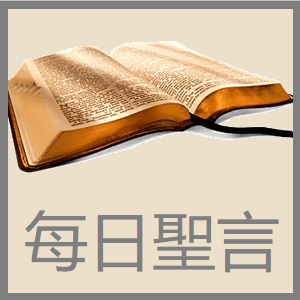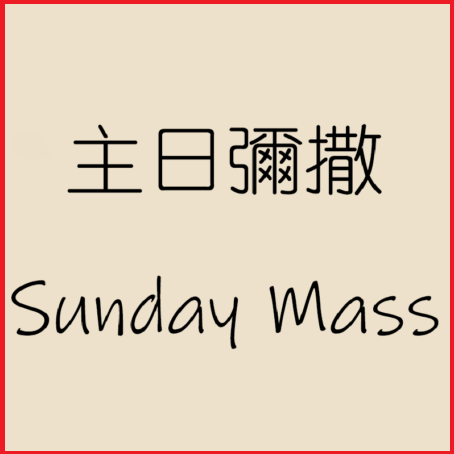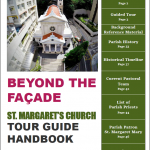History of the Parish and Guided Tour
The Hong Kong community has been witnessing the development of St Margaret’s Church since 1920. In 1920, when Hong Kong was still an Apostolic Vicariate, the titular bishop Dominico Pozzoni wrote to the Hong Kong government, requesting for a parcel of land in Happy Valley for the building of a church in place of St. Francis’ Church in Wanchai, due to an increasing number of parishioners. In the same year, the Holy See was to canonize St. Margaret. As such, the titular bishop decided to choose St. Margaret to be the Patron Saint of this church, the very first church in the East to have a female saint as her patron.
The lot at Happy Valley was bartered for the area of the church at western district with the government, while the money acquired for the lot of St. Francis’ Church was used to build St. Margaret’s ,apart from a portion allocated for funding the building of the new St. Francis Xavier’s Church.
On the 3rd of February, 1923, Bishop Pozzoni, together with the parish priest of St Francis church and Fr Pietro de Maria, the priest to be appointed to St. Margaret’s church, took part in the ceremony laying the corner stone for St. Margaret’s Church. Two years later, on 25th of January, 1925, titular bishop Giovanni Spada held the Tridentine mass and the opening ceremony. On 2nd of January, 1949, St. Margaret’s Church was raised to the status of a parish. Since then, the Catholic Church in Hong Kong has undergone significant growth, not only in terms of the number of active parishioners but also with regard to the number of vocations.
On 2nd of January, 1949, St. Margaret’s Church was raised to the status of a parish. Since then, the Catholic Church in Hong Kong has undergone significant growth, not only in terms of the number of active parishioners but also with regard to the number of vocations. The Happy Valley parish used to cover the area between Wanchai and Quarry Bay, the predecessor of St. Jude’s Church was St. Jude’s Chapel (located on No.2 Chung On Terrace, North Point) and it also fell under the St. Margaret’s Church parish. The number of catholics have been increasing significantly which created a lot of pressure for the Chapel, hence the Diocese established the North Point Parish and completed the building of the current St. Jude’s Church in 1957, which became the St. Jude’s parish.
The Happy Valley parish has had an close relationship with the Pontificium Institutum pro Missionibus Exteris (P.I.M.E.) since early on. Bishop Pozzoni who was instrumental in planning the building of St. Margaret’s Church was a missionary of the P.I.M.E himself. P.I.M.E. has provided much support and has also been a great influence in the development of the parish. Even after St. Margaret’s church was placed under the direct governance of the Hong Kong Diocese in 1971, Fr. Luigi Gambaro, a P.I.M.E priest, was assigned to our church right up until Rev. Fr. Peter Leung took office.
St. Paul’s Convent has also had an important role in the development of St. Margaret’s Church. Approved by the Convent, Christ the King Chapel has been hosting masses which accommodate the needs of a large number of parishioners. Apart from the CTK Chapel, the chapels at Rosaryhill School and Wah Yah College also belongs to St. Margaret’s parish.
The architectural style of St. Margaret’s Church is of Neoclassicism, its plans designed by Italian architect U. Gonella. The steps leading up to the front of the church were split into two tiers with seventeen in each. Four Doric columns support a triangular pediment at the porch in the fashion of a traditional Greek temple. A round window of floral motif design exists in the middle pediment with the words ‘The Church of God’ in Chinese inscribed in gold paint under it. On the two sides of the main entrance at the porch are two large statues, one of St. Peter holding a book in one hand and keys in the other, signifying the promise made by Jesus in authorizing his role in leading believers into the Kingdom of God. St. Paul on the other side, holds a sword in one hand and a book in the other, pointing to his spreading of the Gospel and also died under the sword for it. The main doors of grand scale and design and with its surmounting post over the steps, summons a sense of solemnity and drama which make St. Margaret’s church a popular choice of the wedding ceremony by believers.
Once inside the main doors, eyes are easily drawn to the vast cylindrical ceiling vault of Roman design origin, lined with rectangular coffered reliefs which gives a organized and harmonious feeling to the space. At the end of the cylindrical space is a semi spherical structure perforated with windows, bringing in natural light like an eye from above overseeing the believers inside. Before the liturgical reform, the wall at the back of the main altar in the centre, was a marble arch which commands respect and solemnity. In 1968 the church interior was renovated according to the spirit required of ‘ The Constitution of the Second Liturgy’ as laid down in The Second Vatican Council. A stone spiral staircase at the left of the altar leads to the bell tower inspires an elevating feeling, also added to the backdrop of the altar was a painting of Jesus’ revelation to the patron Saint Margaret.
The construction of the Amenities Building next to the Church was completed in 1985. Apart form the quarters for the priests and the office, there are also rooms for prayer, catechism class and meetings, a kindergarten and also a hall that can host seven hundred during functions. Not only does it provides an extra venue for conducting ceremonies for large groups, it also allows more activities to be conducted for the parish council established since 1970 and Associations of the Faithful, not to mention Catechism classes and Sunday schools to cater for more students.
In 1990 following the instructions of the Diocese, the laity was included into its parish council, thus allowing lay persons to work closely with the pastoral team and to be able to actively contribute to the parish. On the 90th Anniversary of the founding of the church, the parish, under the guidance of God, continues to live and bear witness to the faith. St Margaret’s Church has become an icon of this city, as Bishop Spada said ninety years ago during the homily in the Tridentine mass:
“Everyone should come to this church and give thanks and love to our Lord…..their good deeds, illustrious faith and passion will become beacons of light which bring hope and faith for the lost…..let us worship the Lord with joy and share with Him all that is in our hearts, participate in daily mass and holy communion; this way your souls will be renewed, cleansed and made strong, until the end of this life.”
With the grace of God, let us breathe new life into our legacy as we look forward to welcoming the Parish’s upcoming centennial celebrations and beyond!






